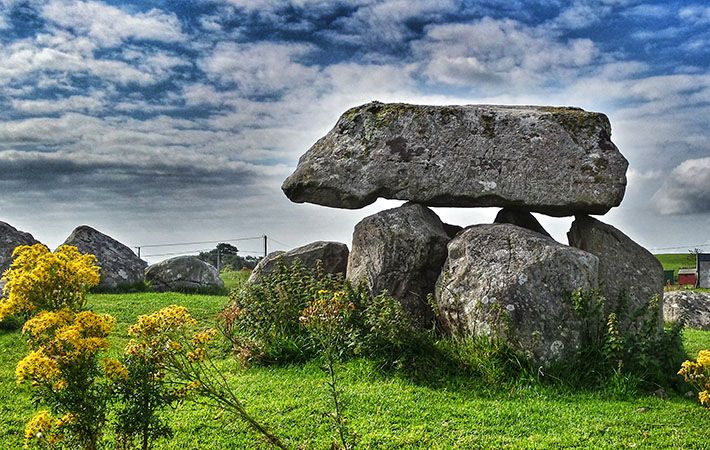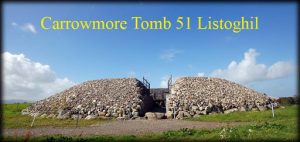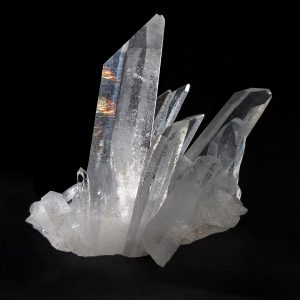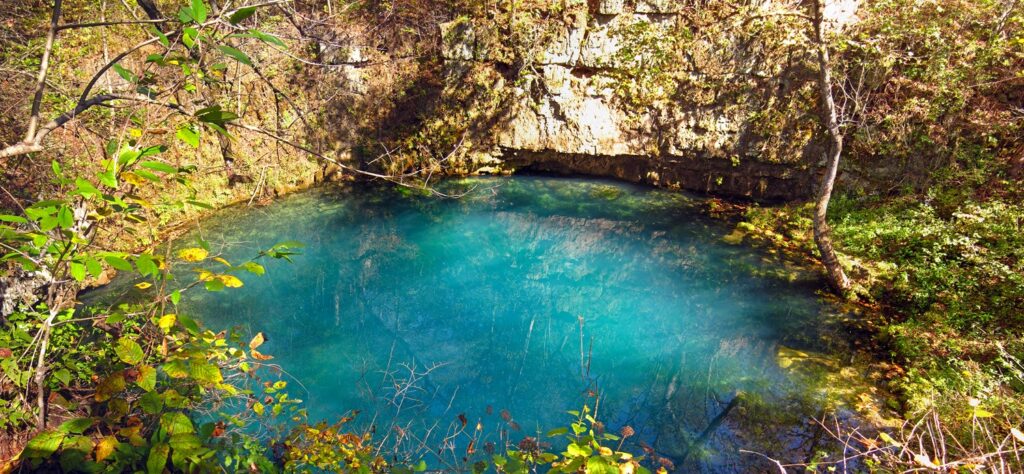
We all know about Egypt’s mysterious Valley of the Kings, were countless gold encrusted Pharaohs were placed into their tombs for eternity, but I bet you’ve never heard about Ireland’s ominous sounding “City of the dead”?
The very name“City of the dead” evokes fantastical images of some kind of Zombie apocalypse, but the place is real, zombie apocalypse aside, and it comes equipped with over 100 tombs whose time-line stretches back into the dark depths of Irish history.
The similarities with Egypt don’t end there with tomb raiders plundering the site in the 1800’s and not be outdone by the Tomb Raiders, in 1983 Sligo Council showed their “reverence and respect” for Irish culture and history by attempting to turn the site into a dump for rubbish. Luckily, some locals appealed to the Supreme Court and blocked Sligo County Councils grand designs.
The place I am referring to is Carrowmore Megalithich site near Sligo which is the largest megalithic site not only in Ireland but also one of the largest in Europe. Dating back to 4600BC it is believed that there are or were over 100 tombs or monuments located at Carrowmore.
Sadly, the area was extensively damaged in the 19th century due to quarrying and land clearance. But even though the site is much diminished from its former glories it is still an impressive capsule of history.
At Carrowmore, you can set your eyes on the remains of portal tombs, chamber tombs, portal dolmens, ring forts, and Cairns dating back thousands of years.
During excavations in 1837, each archaeological site was given a number a tag as an identifier. In more recent excavations that were conducted by Swedish archaeologists some of the items found in these tombs dated by as much as 4600BC.
Largest site

The largest site at Carrowmore is a site known as Listoghill. An interesting fact is that Listoghill is the only site that has been decorated with megalithic art. Another interesting fact is that this is the only site were both burials and cremations took place.
The majority of the remains found at the location would have been cremated. All of the other tombs and passages surrounding Listoghill are arranged on a oval fashion which seems to suggest that Listoghill was the center point of worship and devotion.
The kissing stone

The Kissing Stone was given it’s name during the Victorian era. Here, a capstone sits atop three upright stones and covers a large chamber which points towards the south east.
This particular Dolmen is rather tall and has lots of room within the chamber unlike some other Dolmens were there’s very little room for manoeuvre.
Fascinatingly enough, the kissing stone is surrounded by a circle of 32 boulders and each boulder measures 12.5 meters in diameter. There is also a smaller inner ring which surrounds the Dolmen.
Carrowmore 7

When this tomb was cleared out, cremated bones weighing 1kg in weight were found. Some of the other finds at the site included an arrow head, limestone marble, and a piece of chert. A mass of unopened seashells were also found in a pit just outside the circle. The fact that these seashells were unopened may suggest that they were some left as some kind of offering to the gods.
The other satellite tombs
Most of the satellite tombs originally consisted of a central Dolmen stone that would have held up by a number of smaller stones. The majority of these tombs were enclosed by a boulder of circles which measured about 12 to 15 meters in diameter. One of the secrets to their longevity was because the structures were built upon a small platform and earth and stone which locked them in place.
What was discovered?

Some of the items that were uncovered during the various excavations include antler and bone pins with mushrooms shaped heads. Archaeologists were also able to shine a light into the diet of the people who used these tombs with masses of mussels and oyster shells discovered at one site.

An interesting discovery was that in most of the burials tombs fragments of Quartz were found, this suggests that Quartz had a hugely symbolic and ceremonial significance for the people who inhabited these tombs.
In the modern era, spiritualists believe that Quartz is a stone of harmony and is a help in romantic relationship. The mineral is also believed to facilitate a cleansing of the soul and mind.
Ornaments made from Sperm Whale teeth were also found in many of the graves. These findings are also suggestive of skilled fishermen and perhaps even a larger fishing fleet that hunted and caught large mammals and fish.
Each chamber contained human bone fragments and in some cases skeletons. Because cremation was the most popular method of disposing of a body the majority of the humans bones found were fragments. It appears that the chambers were also used as being a location were artefacts of significance were stored.
Data from the Carrowmore seems to overhaul the general consensus as to how passage tombs spread across the island of Ireland. Previous to the studies that were conducted at Carrowmore most historians believed that tombs spread from the east of Ireland to the west of Ireland with tombs such as Newgrange marking the beginning of the practice.
However, some of the results which were obtained at this site suggest that Carrowmore may have been one of the very first passage tomb complexes constructed in Ireland. Although, this is still open to vigorous debate.
The spread of passage tombs
The construction of megalithic tombs throughout Europe and further afield is a widespread phenomenon and many debates have opened up as to whether the spread of these tombs meant the spread of an ideology or a way of life.
Whatever the case may be there is no doubt that these tombs were a principal focus for ceremonies, burials, and celebrations as well as being markers of territory on the wider countryside.
Overall
I think its safe to say that Carrowore is one of Irelands most enigmatic and interesting mass of portal tombs in Ireland. Whilst some of the site may have been destroyed I think we owe a debt of gratitude to the local people who took the County Council to Court and prevented them from turning Carrowore into a dump for rubbish.
Whilst the behaviour of the council was and is abominable, unfortunately, this behaviour is nothing new and is another fine example of the utter contempt the Irish Government and their minions have for Irelands cultural heritage. Fortunately, a good chunk of Carrowore survives to this day and lovers history, tourists, and other visitors are still able to enjoy some of the history that lives in the place.


